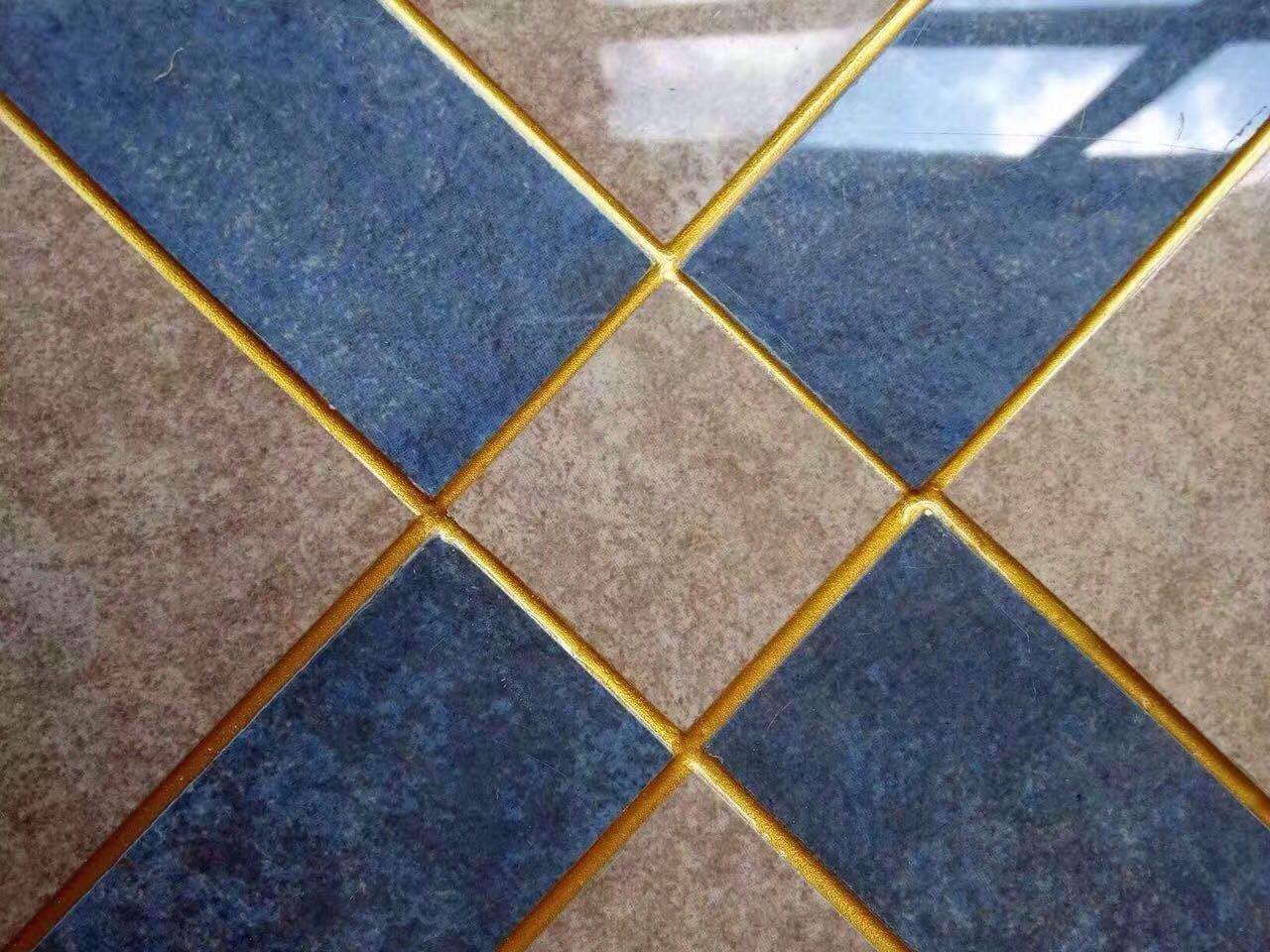
What Is the Safest Grout to Use?
When it comes to choosing the safest grout for your project, did you know that nearly 50% of grout products in the market contain potentially harmful chemicals? Understanding which grout options prioritize safety is crucial for a successful and healthy project outcome. Read Epoxy Grout India
So, how can you ensure that the grout you select is not only effective but also safe for you and your environment?
Types of Grout Materials
- When choosing the safest grout for your project, it’s essential to consider the various types of grout materials available in the market. Grout durability is a crucial factor to assess. Epoxy grout, known for its exceptional durability, is resistant to stains, chemicals, and water damage, making it ideal for high-traffic areas like kitchens and bathrooms. However, epoxy grout can be challenging to work with due to its quick drying time and requires meticulous application.
- On the other hand, cementitious grout offers good durability and is easier to work with compared to epoxy grout. It’s suitable for most indoor tiling projects and provides decent protection against moisture and stains. Nevertheless, cementitious grout may require sealing to enhance its durability further.
- Grout flexibility is another key consideration. Unsanded grout is best suited for narrow tile joints, offering better flexibility and preventing cracking. In contrast, sanded grout is recommended for wider joints and areas prone to heavy wear and tear. Understanding the differences in grout materials’ durability and flexibility is essential for selecting the safest option for your specific project.

Safety Considerations for Grout
- For optimal safety when working with grout, prioritize proper ventilation in the work area to minimize exposure to potentially harmful fumes. When undertaking grout installation, it’s crucial to consider the health concerns associated with the materials used. Grout contains cementitious materials that, when mixed with water, can release airborne particles and gases that may irritate the respiratory system and skin upon contact. To mitigate these risks, ensure that the work area is well-ventilated with fresh air circulating to reduce the concentration of airborne contaminants.
- Additionally, wearing appropriate personal protective equipment such as gloves, safety goggles, and a dust mask is essential to prevent direct contact with grout and inhalation of harmful particles. When mixing grout, follow manufacturer guidelines carefully to maintain the correct consistency and minimize the generation of dust. Properly disposing of any leftover grout and cleaning tools promptly after use can further reduce the risk of exposure to potentially hazardous substances. Prioritizing safety measures during grout installation is vital for safeguarding your health and well-being.
Non-Toxic Grout Options
- To explore non-toxic grout options, consider examining eco-friendly alternatives that prioritize safety and sustainability. When looking for eco-friendly solutions, opt for grouts that are free from harmful chemicals like VOCs (volatile organic compounds) and other toxic substances. These grouts typically utilize alternative ingredients such as recycled materials, plant-based formulas, or mineral-based components to achieve a non-toxic composition.
- Eco-friendly grouts often incorporate recycled glass, fly ash, or other sustainable materials that reduce environmental impact. These alternative ingredients not only provide a non-toxic option but also contribute to sustainable building practices. When selecting non-toxic grout, look for certifications like GREENGUARD or EcoLogo to ensure that the product meets stringent environmental standards.
Best Practices for Grout Application
Consider the following steps for achieving optimal results when applying grout for your project.
- Begin by selecting the appropriate grout type based on your tile material and project requirements.
- When preparing the grout mixture, ensure you follow the manufacturer’s instructions meticulously to achieve the desired consistency.
- Apply the grout using a rubber float at a 45-degree angle to the tile surface, pressing it into the joints firmly. Employ diagonal strokes to ensure thorough coverage and avoid leaving air gaps.
- Once the grout is in place, use a damp sponge to clean the tile surface, ensuring to remove excess grout without disturbing the newly applied grout lines.
- Allow the grout to cure per the manufacturer’s recommendations before performing any sealing.
- After sealing, regularly clean the grout lines with a pH-neutral cleaner and reseal them periodically to maintain their integrity.
Also Read Manufacturers of Tile Adhesive, Wall Putty & Epoxy Grout
Choosing the Safest Grout for Your Project
- Selecting the most suitable grout type for your project is critical for ensuring long-term durability and safety. When making a health-conscious selection, consider opting for eco-friendly grout options. These grouts are designed to minimize environmental impact and promote a healthier indoor air quality. Look for grouts that are free from harmful chemicals like VOCs (volatile organic compounds) and other toxic substances.
- Eco-friendly grouts typically contain natural ingredients such as recycled materials or renewable resources. These options not only benefit the environment but also contribute to a safer living space for you and your family. Prioritize products that have low emissions and are certified as safe for indoor use.
- Before purchasing grout, carefully review the product specifications and certifications to ensure it meets your health and safety criteria. Additionally, consult with professionals in the field for recommendations on the best eco-friendly grout options available for your specific project. By choosing eco-friendly grout, you can achieve both a sustainable outcome and a healthy living environment.
Conclusion
In conclusion, when selecting grout for your project, it’s important to consider safety factors such as toxicity levels and potential health risks. Opting for non-toxic grout options and following best practices for application can help minimize any potential hazards. By choosing the safest grout for your specific needs and taking necessary precautions, you can ensure a successful and worry-free project.








Leave a Reply